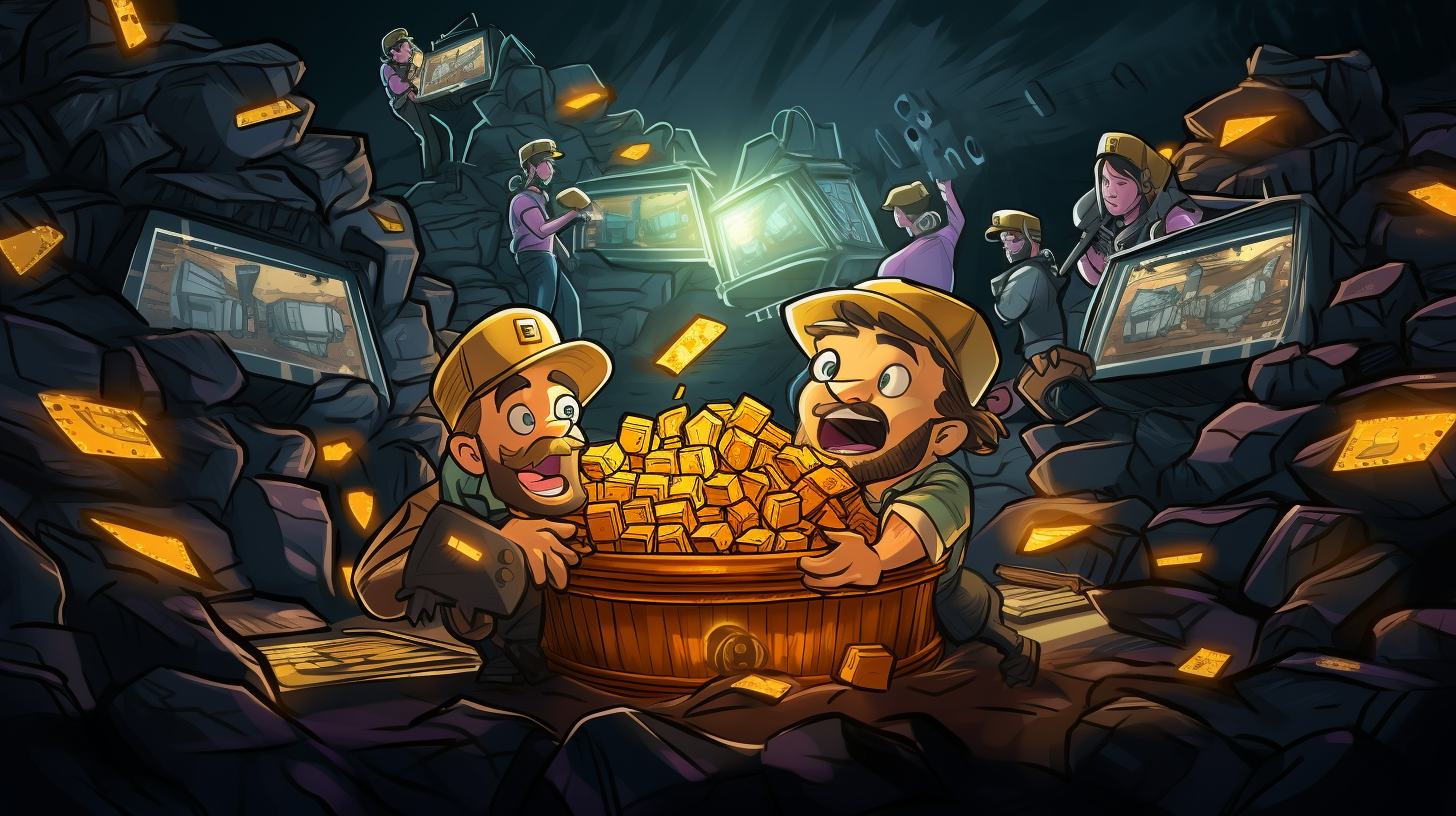What is Crypto Mining?

What is Crypto Mining?
In today's dynamic technological landscape, cryptocurrency stands out as both an innovation and an enigma. While most have heard of it, few truly understand the machinery operating beneath. At its core lies a process called crypto mining. So, if you've ever wondered about the engine driving this digital currency revolution, let’s uncover the intricacies of crypto mining.
The Foundations of Crypto Mining
Crypto mining is the backbone of most cryptocurrencies. Think of it as the digital equivalent of minting physical coins. It simultaneously introduces new coins into the system and confirms the validity of transactions. Using powerful computer hardware, miners tackle complex mathematical problems. Once a problem is solved, a new "block" of verified transactions is appended to the blockchain, a decentralized digital ledger.
Miners: The Unsung Heroes of the Cryptoworld
Apart from minting new coins, miners ensure the authenticity of every transaction, acting as watchdogs against potential fraudulent activities, including the infamous double-spending dilemma. After transactions pass the verification process, they're clustered into a block. This block, once validated by the mathematical puzzle's solution, joins the growing chain of blocks—hence, blockchain. For their computational labor and resource use, miners receive cryptocurrency rewards, ensuring a mutually beneficial relationship between the miner and the network.
The Mining Process
Proof of Work (PoW)
Proof of Work is a consensus algorithm used in various blockchain networks to validate and confirm transactions. Its core concept revolves around solving a computational puzzle, a process that requires significant work by participants, called miners. Once the puzzle is solved, the solution is easy for other nodes in the network to verify. It's a deliberately energy-intensive protocol, deterring malicious intent by making alterations expensive and impractical. PoW was developed to prevent spam and Distributed Denial-of-Service (DDoS) attacks. By demanding computational effort, malicious actions become economically and computationally prohibitive.
How Does PoW Work?
Problem Presentation: A complex mathematical puzzle is presented to the network's miners. The puzzle is typically a cryptographic problem based on data from a block.
Mining Process: Miners employ powerful hardware to solve the puzzle. This process, termed "mining", is resource-intensive and requires significant computational power.
Solution Verification: Once a miner discovers the solution (often referred to as finding a new "block"), it's broadcast to the network. Other nodes can easily verify the solution. If it's correct, the new block is added to the blockchain.
Rewards: Upon successful block addition, the miner receives a reward, which might be a combination of new coins (block reward) and transaction fees from the transactions embedded in the block.
Advantages | Challenges and Criticisms |
Security | Energy Consumption |
Decentralization | Risk of Centralization |
Proven Success | 51% Attack |
Prioritizing the Queue
Due to the sheer volume of transactions, not all get processed simultaneously. Miners tend to prioritize based on attached transaction fees—the higher the fee, the quicker the process.
The Power of Unity: Mining Pools
As the popularity of cryptocurrencies grew, so did the competition among miners. This rise in competition coupled with the increasing difficulty in solving the cryptographic puzzles meant that individual or “solo” miners found it harder to mine blocks and reap rewards consistently.To mitigate this randomness and ensure a more steady income, miners started pooling their computational resources. By working collaboratively, they increased their chances of solving a block's cryptographic puzzle and thereby earning the associated rewards.
How Do Mining Pools Work?
In a mining pool, participants contribute their computational power to the pool's effort of finding and validating new blocks. Essentially, they're working together to solve the mathematical puzzle faster than they would individually. Once the pool successfully mines a block, the reward is typically distributed among the pool participants based on the amount of computational power each contributed, often referred to as “share”. There are different methods to calculate these shares, such as Pay-per-Share (PPS) or Proportional (PROP).
Environmental Implications: The Double-edged Sword
Any discussion on crypto mining remains incomplete without addressing its environmental footprint. There's no skirting around it—crypto mining consumes vast electricity amounts. Some estimates even place certain operations' energy consumption on par with entire countries. The environmental impact scales with the energy source. Coal-driven operations, for instance, considerably bloat the carbon footprint. The crypto realm is echoing with calls for sustainable energy-driven mining. There's also a buzz about alternative, less power-hungry consensus mechanisms, like Proof of Stake (PoS).
Conclusion
At its heart, crypto mining is both an art and a science, merging computational prowess with strategic acumen. The future of finance is undeniably digital and knowledge, as they say, is power. Equip yourself with this power as we stand on the brink of a financial renaissance.
Disclaimer: This article is for informational purposes only and does not constitute financial advice. Always conduct your own research and consult with a financial advisor before making any investment decisions.


